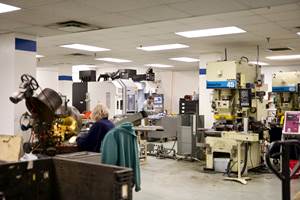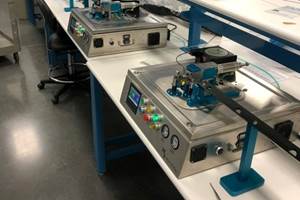Retrofitting and Updating Keep Milling Machine CNCs on the Cutting Edge
After struggling to achieve higher feed rates and accuracy for complex milling of large compression molds, Century Tool and Gage Co. retrofitted Fidia CNC control systems onto existing machining centers.
In 1987, Century Tool and Gage Co. (Fenton, Michigan) bought its first Heyligenstaedt vertical mill equipped with the first Fidia CNC system that was available in North America. Mickey Guckian, manufacturing manager of programming for Century Tool, was there. “I remember when we purchased the first Fidia control. It was installed on a two-spindle Heyligenstaedt vertical mill. I was running that machine at the time,” he says. “The new control had dual 8-inch floppy drives, which was unique back then, and it gave us the ability to greatly improve the feed rate for the complex milling routines we were running for the large compression molds we were manufacturing.”
Century Tool was founded in 1974 and has experienced consistent growth over most of its history. According to Vice President Kevin Cummings, this is due in part to expanding the manufacturing of composite compression molds to produce sheet molding compound (SMC), reaction injection molding (RIM) and urethane parts for various sectors of the transportation industry. The company specializes in compression-molded, exterior Class A, and reinforcement panels for truck and trim applications. It also makes 75 percent of the exterior body panel molds. “We have become a major builder of molds and secondary tooling for the automotive, heavy truck, aerospace and personal watercraft industries,” Mr. Cummings says. With that growth came the company’s move to a new, 125,000-square-foot facility that is capable of handling 60-ton machine block sizes that are as wide as 100 inches and as long as 300 inches. The plant is equipped with four, five-axis CNC machining centers; seven heavy-duty vertical and horizontal machines; three multi-spindle, traveling-column gundrills; 29 CAD/CAM workstations; and a try-out press facility with capacities of 500, 600, 1,500 and 3,000 tons.
“Before Fidia started developing a complete line of five-axis milling machines, it was building CNC controls,” Mr. Guckian says. “Dr. Giuseppe Morfino, Fidia CEO, was the young controls engineer who started it all, and he has been the guiding influence in the CNC machine control design that has played a significant role in making Century Tool and Gage a manufacturing and production success. All of our milling machines are CNC programmable and use Fidia controllers for high-level accuracy, dependability and productivity.”
But it has been a long time since 1987, and floppy drives will no longer cut it for Century Tool’s needs three decades later. That is where regular retrofitting of the Fidia controllers comes in.
Retrofitted for Productivity
Jorge Correa, Fidia’s vice president of sales in North America, says, “Century Tool is a great example of what can be done with control retrofits to bring existing CNC machine tools to state-of-the-art levels.” Since 1987, Century Tool has used Fidia’s CK10, CK20, Compac, C2, C20, a couple of Fidia’s tracing systems, and more recently, Fidia’s C40 controls. Today, the company has 25 Fidia CNCs, but with ongoing control upgrades and the addition of new CNC machine tools, Mr. Correa says the actual number is well over 30 controls.
In concert with the Fidia controllers, Century Tool uses Tebis V4.OR2 software for five-axis machining. Tebis V4 software can translate software formats such as Catia, Iges, Parasolid, STEP and NX to create the best tool paths. It is said to be the only software that can generate the tool path right off the surface. “It creates a greater amount of contact points, producing a more accurate part,” Mr. Guckian says.
On each of Century Tool’s CNC mills, the Fidia control provides automatic scaling features for each axis to translate CNC program parameters to fit the size of the workpiece. The control is connected via Ethernet to the company’s programming computers for continuous transfer of CAD data. “This allows Century Tool to have the flexibility to expand the customer’s product design ideas, but also the ability to communicate in direct language formats,” Mr. Guckian says.
Retrofitted for Peace of Mind
Century Tool first encountered the Fidia C40 Vision Control, with its ViMill anti-collision software, at the International Manufacturing Technology Show (IMTS) in 2014. The company purchased the hardware and software components on a new Fidia GTFM.V3 five-axis milling machine right after the show. “What immediately impressed us about the C40 control is that it can handle very large data programs of 50 megabytes or more. Some mold surfaces are very complex and rich with detail. The Fidia controls can handle the data file sizes and still provide smooth and accurate finishes,” Mr. Guckian says. “At Century Tool, we also work on older compression molds that need to be reworked with new engineering changes, which typically involves more blending of surface cuts. Excellent finish is a must for these types of projects. The Fidia controls have vastly improved this capability by increasing their look-ahead from 300 to 1,000 lines of point data, which gives the machine the capability to prepare itself better for the upcoming shapes it is about to create.”
For example, high machining speed and excellent surface finish are the desire of any mold shop using five-axis milling machines, and Mr. Guckian says that Century Tool attains excellent surface finish because of its ability to precisely control acceleration and deceleration. According to Mr. Correa, the C40 Vision Control’s multi-processor architecture manages user interface, axis and toolpath control, as well as ViMill real-time, anti-collision software, which together work to produce the fast machining speeds and high-quality surface finishes. “It’s one thing to have fast processors, but you need very good communication software parameters to enable the drives and motors to communicate at these fast feed rates,” he says. “The Fidia control allows the machine to be fine-tuned for various dynamics, such as part weight, length and width, spindle speeds, rigidity—basically anything needed to achieve a very accurate finish in a shorter period of time.”
According to Mr. Guckian, Fidia’s ViMill software in the C40 Vision Control is user-friendly and easy to train operators to use. Its anti-collision feature provides safe milling conditions for very complex mold machining by projecting 1,000 lines of code. That projection prevents any collision between the tool, the machine and the workpiece in real time during milling operations and in both jog- and part-program execution mode. “The operator has the ability to use the handwheel on the fly for the X, Y, Z, A and C axes and normal-to-vector compound angles. We are not aware of any other control that has that feature,” Mr. Guckian says.
Retrofitted for Accuracy
Typically, Fidia GTFM five-axis milling machines are outfitted with the Head Measuring System (HMS), which has greatly reduced the time it takes for Century Tool machinists to verify the accuracy of heads and tilting rotary tables. The HMS reduced that time from one day to less than an hour. “The HMS is a high-precision alternative to the traditional dial gages and is a very important facet of the five-axis cutting technology. The HMS keeps the five-axis head as accurate as possible, usually within 10 microns. This is vitally important when the mold is being machined unattended, which is usually at night,” Mr. Correa explains. He adds, “The Fidia measurement software within the control manages the mold cutting. The software is equipped with three high-precision displacement measuring devices and is allocated to measuring 3D volumetric errors. By processing incoming data in real time, the software can check and compensate for limited geometric error, avoiding costly corrective mechanical interventions.” Users can save the desired settings and trust them to be maintained to within 5 microns. As a result, “the machine ran for eight months without having to change calibration parameters on the head,” Mr. Guckian reports.
A laser powers the Rotation Tool Center Point (RTCP) function, which is another feature managed by Fidia control software. The laser accurately measures the length and diameter of the cutter at each tool change, which provides for a continuously accurate height setting on the mold from cutter to cutter.
Multi-processor architecture in the control allows for updates and empowers the system through the partial or total replacement of the PC (memory, hard discs, adapters, etc.) without modifying other computer components. The GTFM machine has three central processing units. As a result, it is possible to keep the CNC constantly up to date with the most recent hardware and software developments.
One such upgrade, Fidia’s Velocity Five multi-axis trajectory control technology, provides a dynamic-selectable set of roughing and finishing parameters. These parameters are said to enable the user to execute fast and highly accurate milling by improving the acceleration control techniques. At the time of writing, Century Tool estimates the Velocity Five upgrade can reduce finish milling time on 3D profiles between 15 and 20 percent and roughing between 30 and 40 percent. The machined surface quality shows significant improvement and faster execution of machining for small radii areas.
With plans to add this update to another finish milling machine and to install three more C40 Vision CNCs to other machines, Century Tool’s continuous-improvement strategy makes the most of retrofits and upgrades.
About the Editor
Cynthia Kustush
Cynthia Kustush, a senior editor at MoldMaking Technology magazine, edited this article for print. It first appeared on moldmakingtechnology.com.
Related Content
Stars Slowly Align for Small Shop Merger
RPM Tool’s seemingly overnight expansion from a five-person machine shop to an almost 30-employee production business involved over a year and a half of planning.
Read MoreTool and Die Shop Discovers New Opportunities With First CNC Machine
In a shop that stamps millions of parts per year, the arrival of a CNC machining center is opening new pathways for production and business.
Read MoreFor This Machine Shop, Licensing Is the Answer to the Inventor’s Dilemma
Machine shops are natural inventors, but not necessarily suited to supporting and marketing a product. This Minnesota shop with an invention related to micromolding will share it through licensing.
Read MoreHexagon Acquires TST Tooling Software Technology
Hexagon acquires TST Tooling Software Technology, a distributor of VISI, Hexagon’s CAD/CAM software for the mold and die sector, and PEPS CAM software.
Read MoreRead Next
3 Mistakes That Cause CNC Programs to Fail
Despite enhancements to manufacturing technology, there are still issues today that can cause programs to fail. These failures can cause lost time, scrapped parts, damaged machines and even injured operators.
Read MoreThe Cut Scene: The Finer Details of Large-Format Machining
Small details and features can have an outsized impact on large parts, such as Barbco’s collapsible utility drill head.
Read More

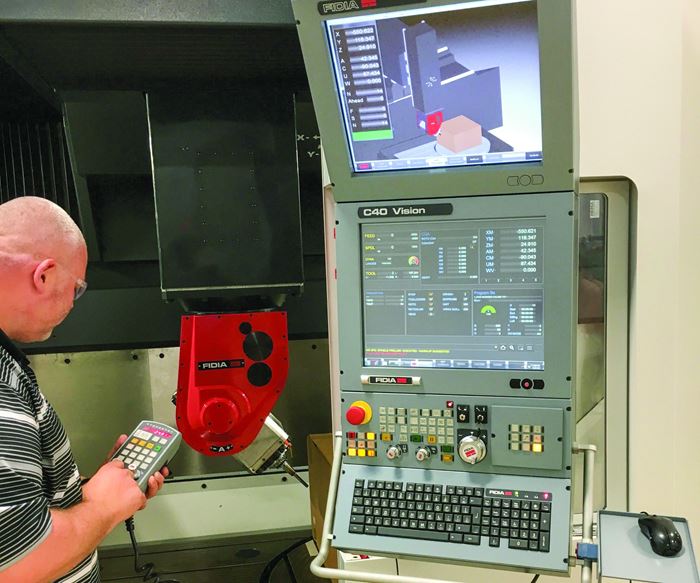
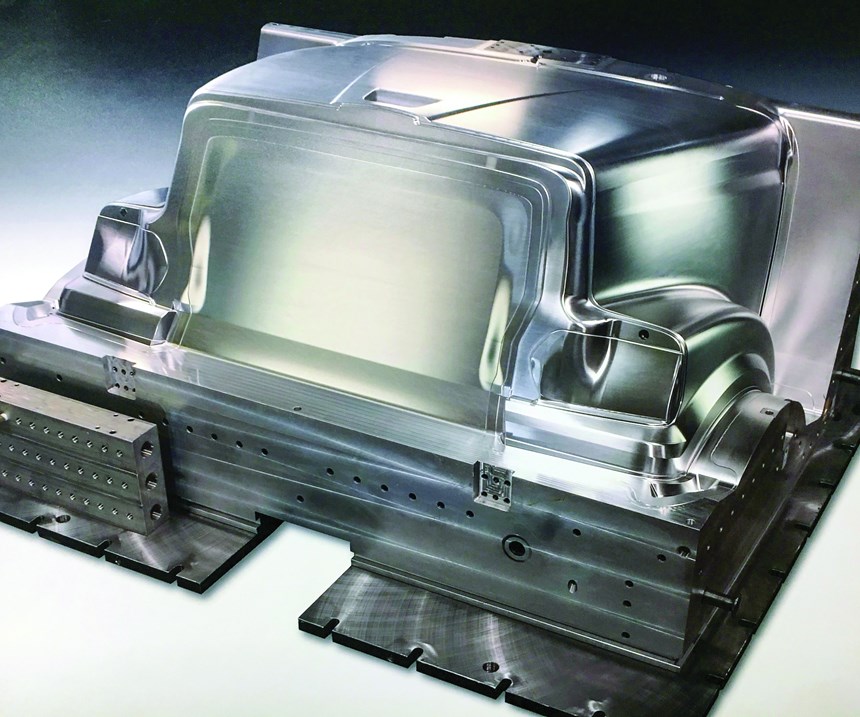
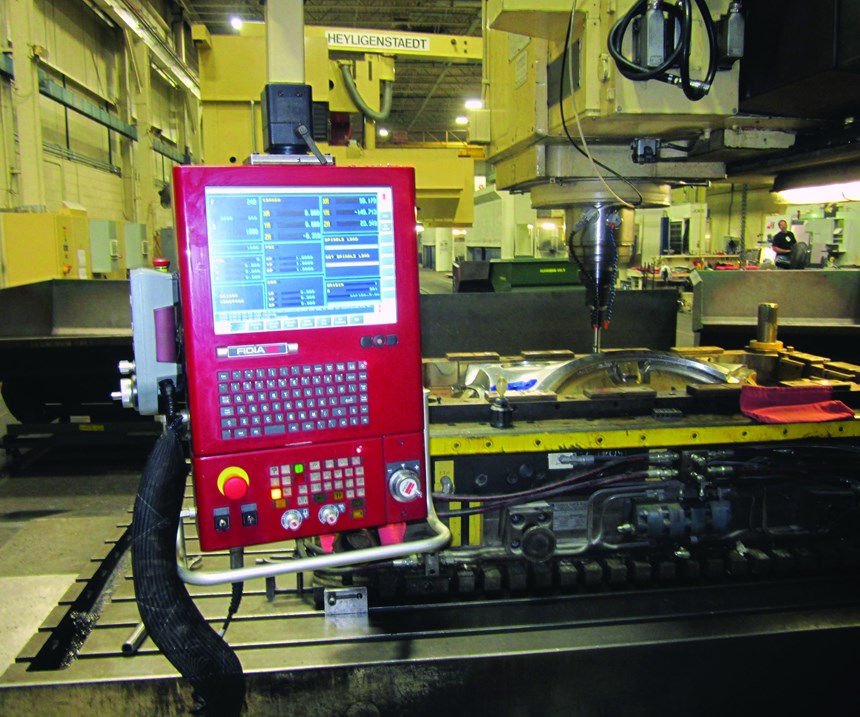









.png;maxWidth=300;quality=90)













